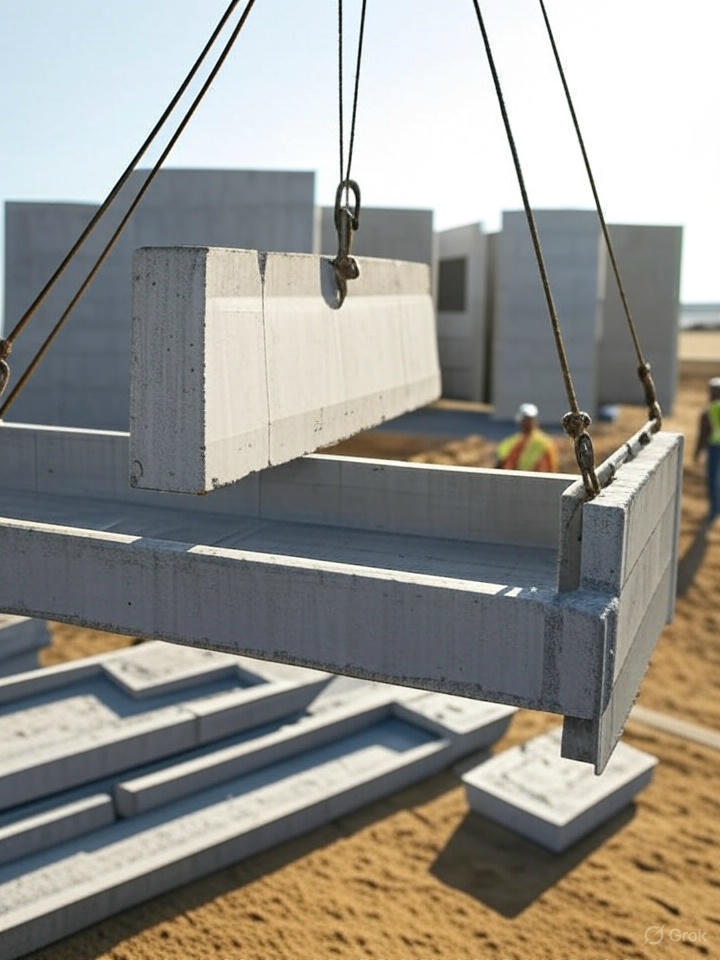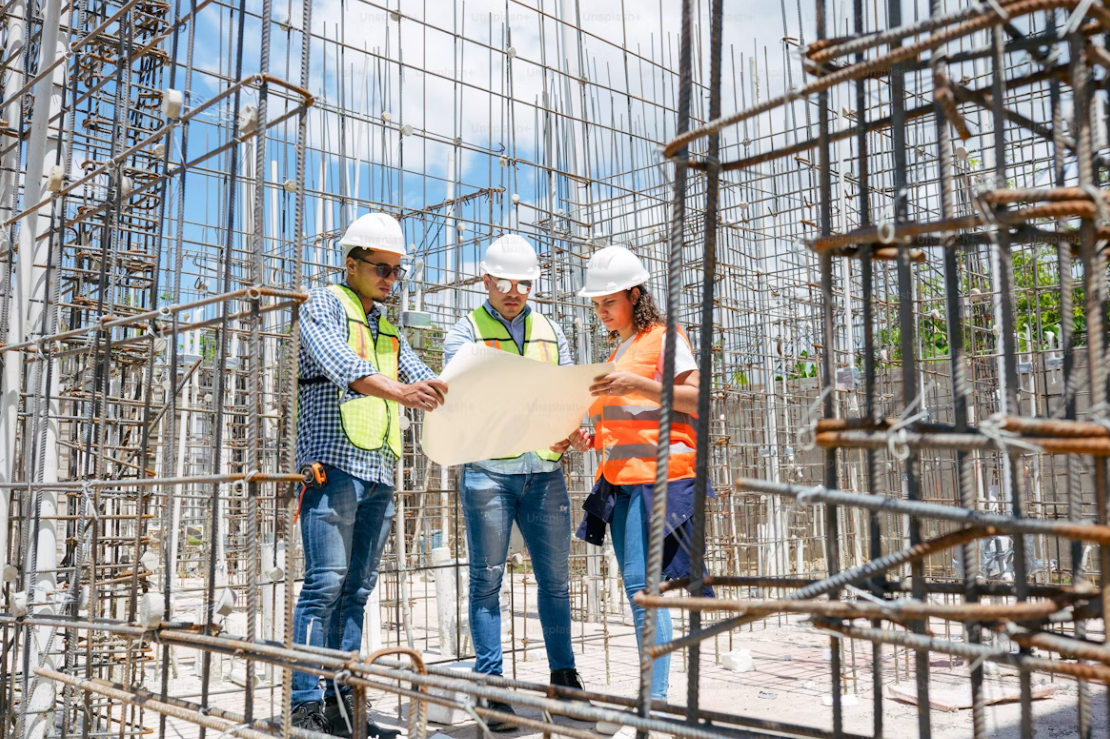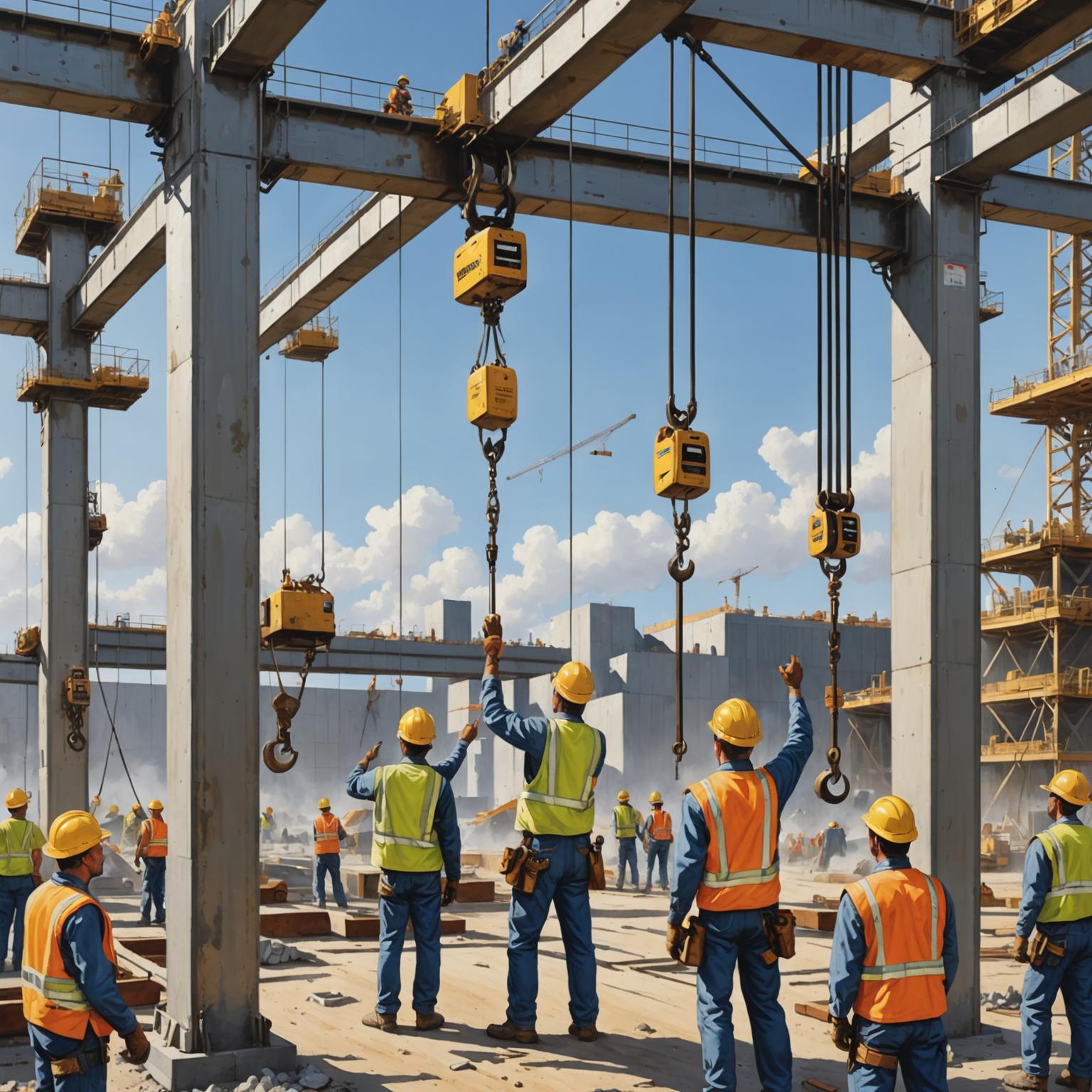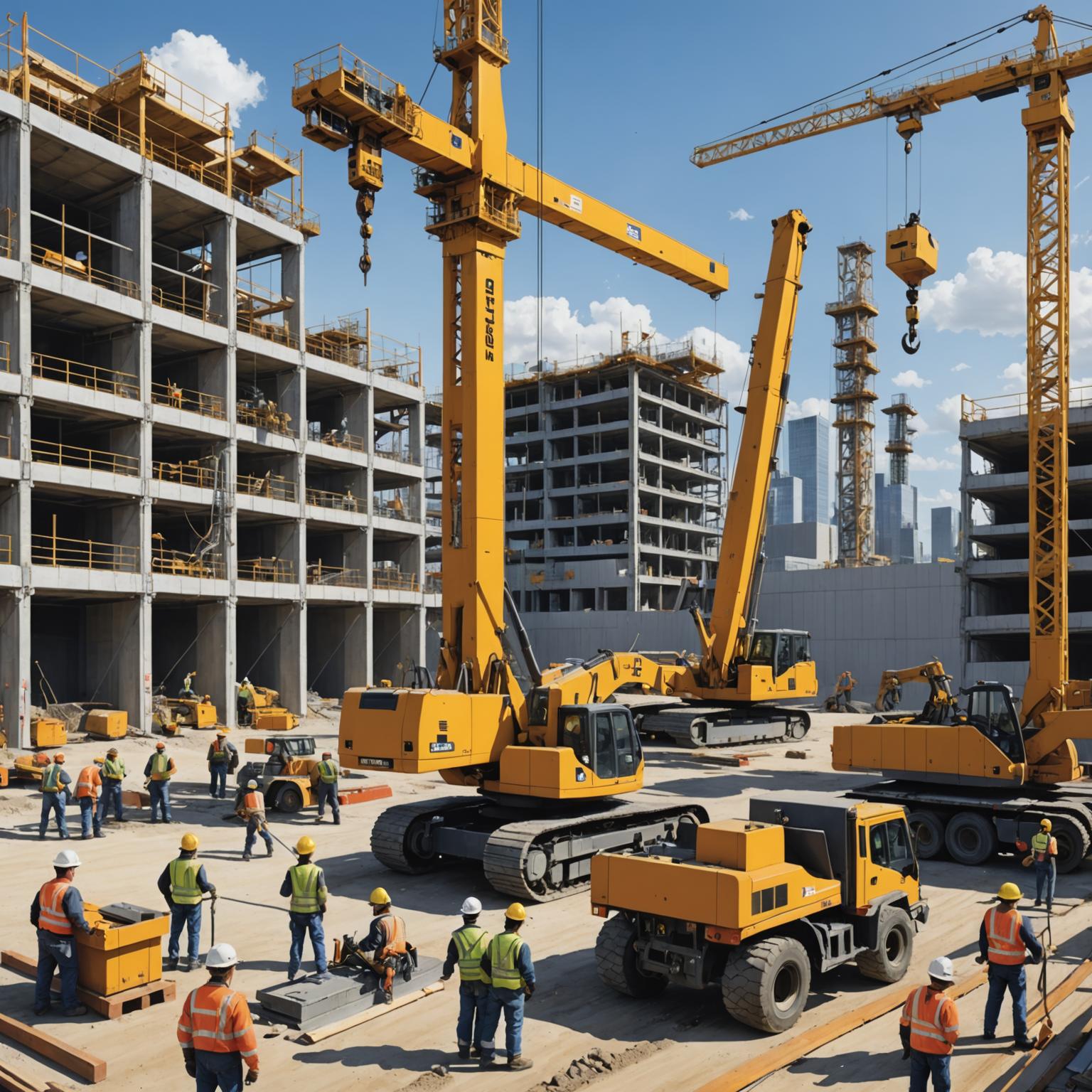Introduction: Tackling the Corrosion Challenge in Embedded Parts
In construction,embedded parts(also known as pre-embedded components or anchor plates) are critical for connecting concrete and steel structures. However, traditional embedded parts are prone to corrosion, leading to high maintenance costs and structural risks.Anti-corrosion embedded partsoffer a solution by leveraging advanced materials and technologies to extend lifespan and minimize expenses. This article exploreshow to prevent corrosion in embedded parts, material choices, and installation tips to ensure cost-effective, durable construction projects.
Why Do Traditional Embedded Parts Corrode?
Traditionalembedded parts, often made of carbon steel, are susceptible to rust in humid, saline, or chemically aggressive environments. This leads to:
-
Structural Risks: Corrosion weakens embedded parts, compromising building safety.
-
High Maintenance Costs: Frequent repairs or replacements inflate project budgets.
-
Construction Rework: Corrosion-induced failures require costly fixes.
User Pain Point: How cananti-corrosion embedded partsreduce long-term maintenance costs and enhance durability?
Solutions with Anti-Corrosion Embedded Parts
1. Choosing High-Performance Anti-Corrosion Materials
-
Galvanized Steel: Hot-dip galvanizing creates a protective zinc layer, ideal for moderately humid environments.Galvanized embedded partscan last over 20 years.
-
Stainless Steel: Grades like 304 or 316 offer superior corrosion resistance, perfect for marine or chemical environments.
-
High-Strength Alloy Steel: Weathering steel forms a dense oxide layer, enhancing durability in harsh conditions.
-
User Benefit: These materials extend service life, reducing replacement frequency and maintenance costs.
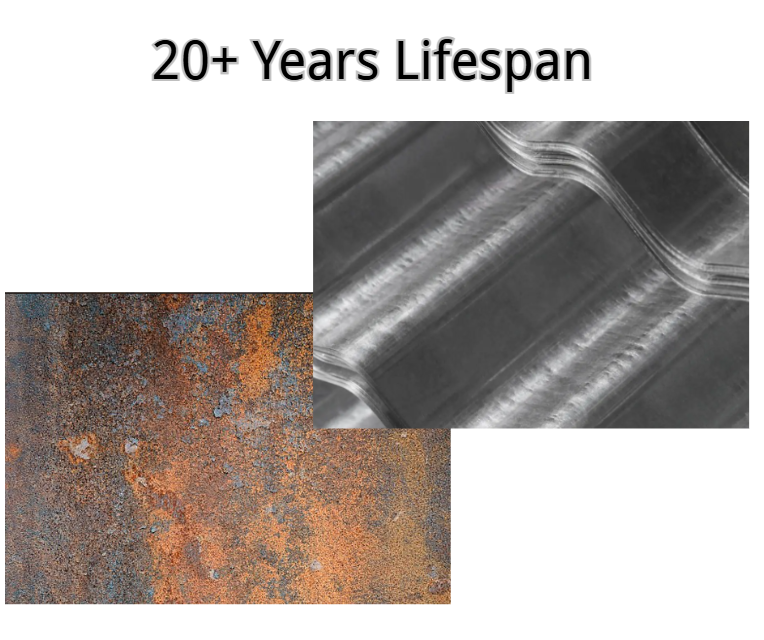
2. Applying Advanced Anti-Corrosion Coatings
-
Epoxy Resin Coating: Provides a waterproof, chemical-resistant barrier, ideal for complex environments.
-
Polyurethane Coating: Durable and wear-resistant, protectingembedded partsfrom external damage.
-
Nano-Coatings: Enhance surface hardness and corrosion resistance, prolonging lifespan.
-
User Benefit: Coatings are cost-effective and easy to apply, cutting maintenance expenses by 30%-50%.
3. Leveraging Digital Technologies for Precise Installation
-
BIM Technology: Building Information Modeling ensures accurate placement ofembedded parts, minimizing exposure and corrosion risks.
-
3D Scanning: Post-construction verification ensuresembedded partsare correctly positioned.
-
User Benefit: Precise installation prevents rework, lowering long-term maintenance costs.
4. Regular Maintenance and Monitoring
-
Preventive Checks: Periodic inspections and reapplication of anti-corrosion coatings address early signs of rust.
-
Smart Monitoring: Sensors track corrosion levels inembedded parts, enabling timely interventions.
-
User Benefit: Small, proactive investments prevent large-scale repair costs.
Practical Tips for Installing Embedded Parts
-
Pre-Design Planning: Selectanti-corrosion embedded partsbased on environmental conditions (e.g., 316 stainless steel for coastal projects).
-
Accurate Positioning: Use laser alignment tools or BIM to ensure precise placement ofembedded parts.
-
Protective Measures: Apply sealants to exposed areas during concrete pouring to prevent corrosion.
-
Quality Assurance: Post-installation checks verify alignment and exposure, ensuring durability.
Frequently Asked Questions
1.How to prevent corrosion in embedded parts?
Choosegalvanized embedded partsor stainless steel, apply epoxy coatings, and use BIM for precise installation to minimize exposure risks.
2.Are anti-corrosion embedded parts expensive?
Initial costs may be higher, butstainless steel embedded partsor coated components reduce maintenance expenses, offering better long-term value.
3.How long do galvanized embedded parts last?
In typical environments,galvanized embedded partslast 20-30 years, with regular maintenance extending their lifespan further.
4.How to choose a reliable embedded parts supplier?
Select suppliers adhering to standards like ASTM or GB/T 5237-2017, comparing quality and pricing foranti-corrosion embedded parts.
Conclusion
Anti-corrosion embedded parts, with advanced materials, coatings, and digital technologies, effectively address the corrosion issues of traditional components, significantly reducing building maintenance costs. By choosing the right materials and installation methods, you can enhance project safety and save on long-term expenses. Contact a trustedembedded parts suppliertoday to explore the best solutions for your construction needs!




